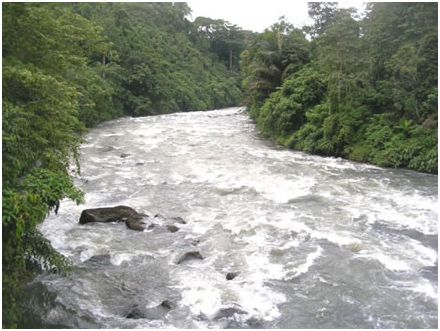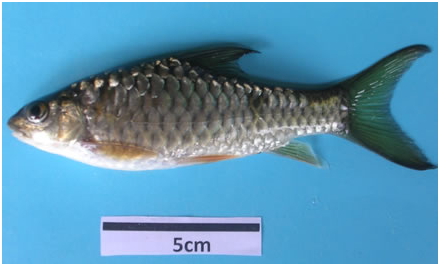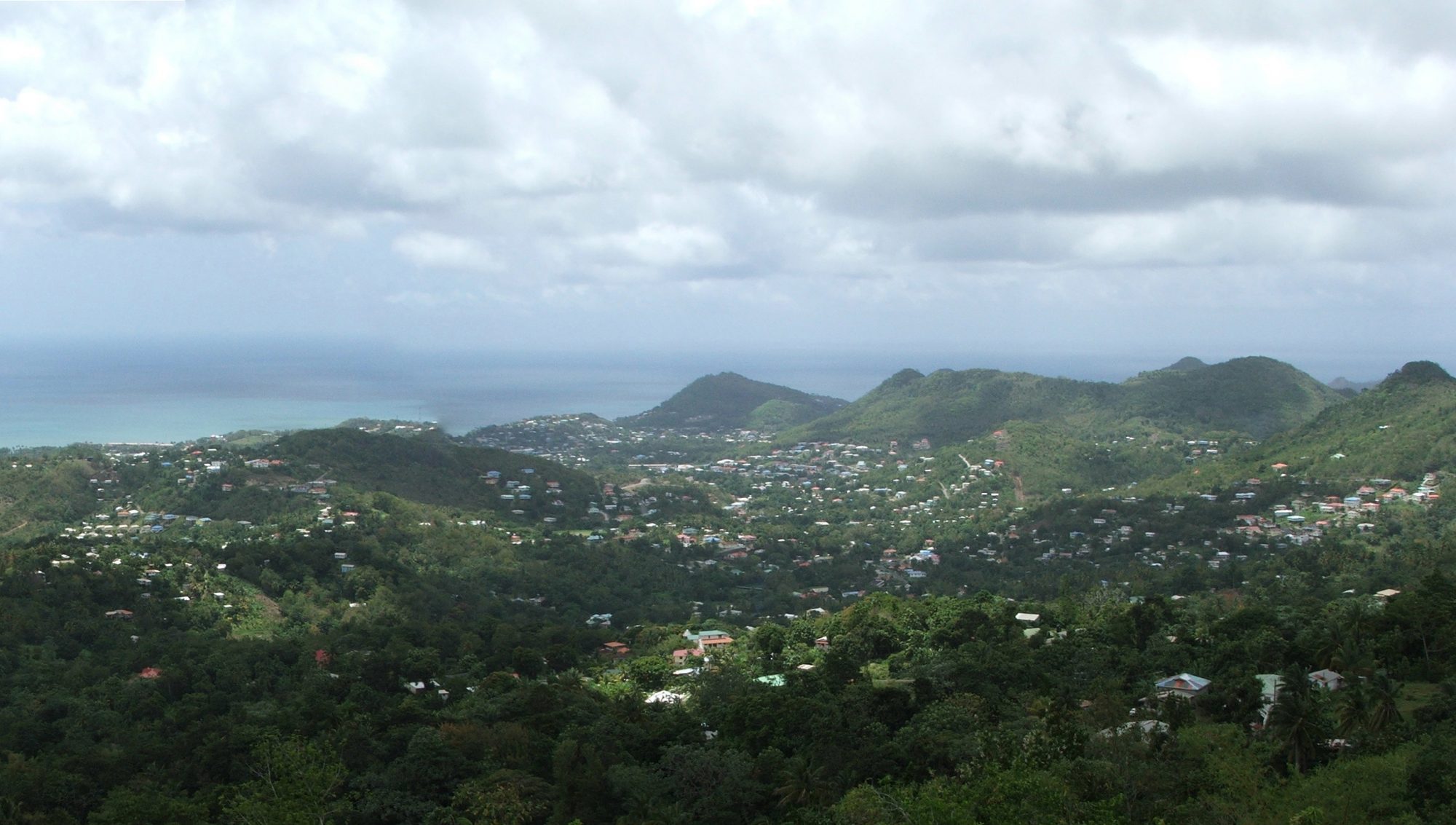Client: Nippon Koei Co Ltd of Japan / JICA
Time: XXXX
Environmental (Fisheries) Advisor: Nick Willoughby
The Asahan No 3 Hydro-Electric Power Plant Construction Project will use water from the River Asahan, which drains Lake Toba in North Sumatera, Indonesia, to generate electric power on behalf of the people and Government of Indonesia (GoI).
Nippon Koei Co Ltd of Japan is the design and supervising consultant and PT PLN is the implementing agency on behalf of GoI. The main works will be funded via a JICA loan, with additional funding provided by GoI.
The project will divert approximately 100 cubic metres of water/second (cumecs) from the River Asahan through a channel/tunnel, and generate power HEP from it before returning the water to the original river bed some 13km downstream. This will leave a 13km length of severely depleted river, with very reduced fish populations and reduced opportunities for the fishermen of the area.

The early fisheries surveys of the area suggested that an IUCN red-listed species of Barbus, Neolissochilus thienemanni, thought to be an endemic species of Lake Toba and classified as vulnerable, was present in the river, and could be wiped out if the project proceeded. Both environmental and financial compensation might be needed. Dr Nick Willoughby of theNRgroup was contracted by Nippon Koei to advise on the earlier natural resources environment (fisheries) surveys and find solutions to the problem.
It was found that large numbers of the species identified as N. thienemanni were indeed present in the River Asahan and its affluent streams, but that the initial identification was wrong. The species concerned was a closely related but common and widely spread species, N. sumatranus. This was confirmed by specialists in both the Indonesian National Museum and the British Natural History Museum.
However, both species are part of a group of seven species called ‘ikan batak’. These have considerable cultural significance and purportedly medicinal properties, so sell for a very high price.

Although a potentially major environmental problem had been discounted, the local fishermen in the ‘maintenance river zone’ would still be deprived of part of their livelihoods, so some form of compensation would be required. Working with the social environmentalists and other interested parties it has become obvious that some blend of financial compensation and aquaculture (in the form of running-water grow-out facilities) might maintain the cash economy and employment opportunities in the area. The precise details of this package are still being discussed with local leaders.
